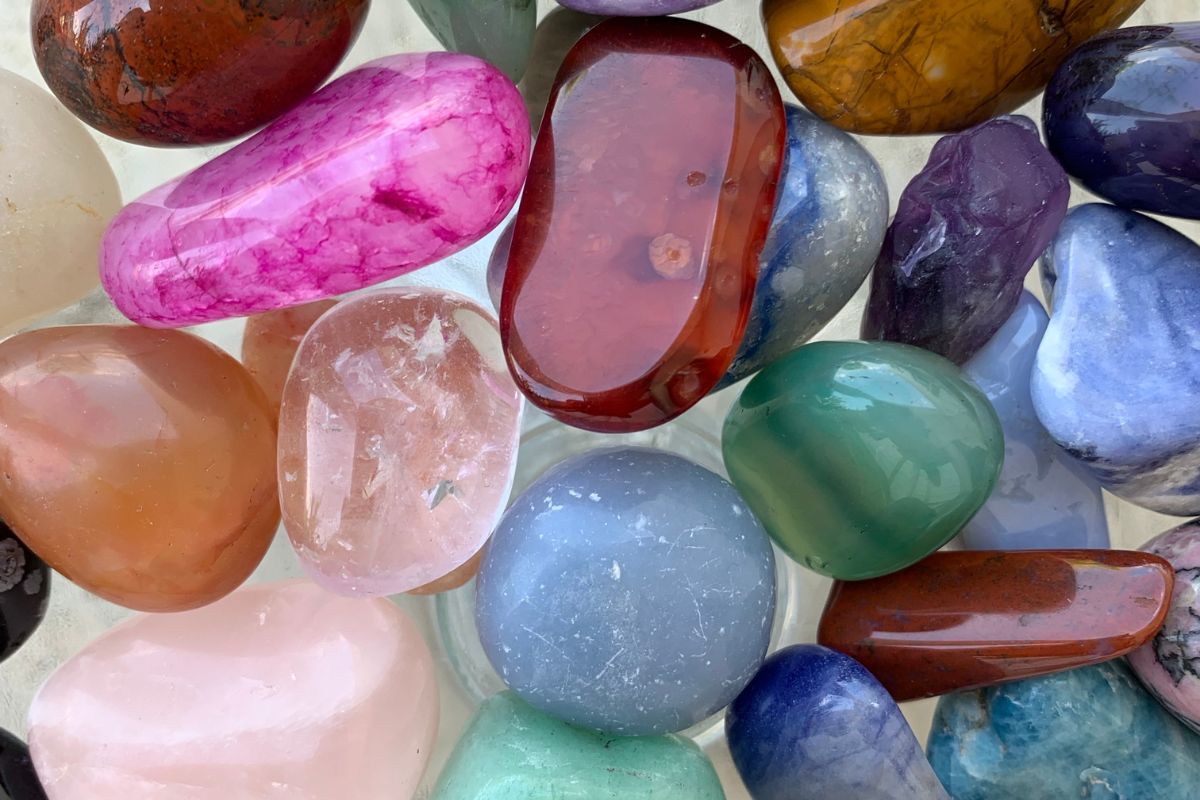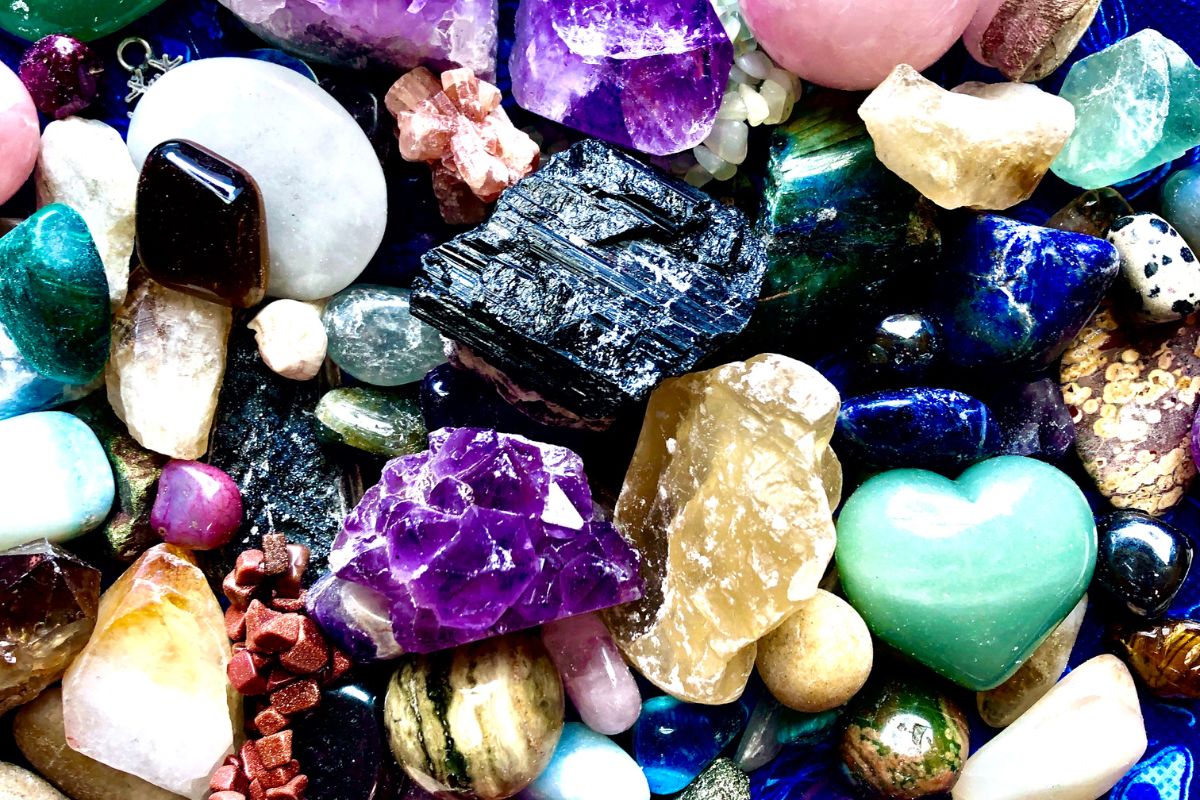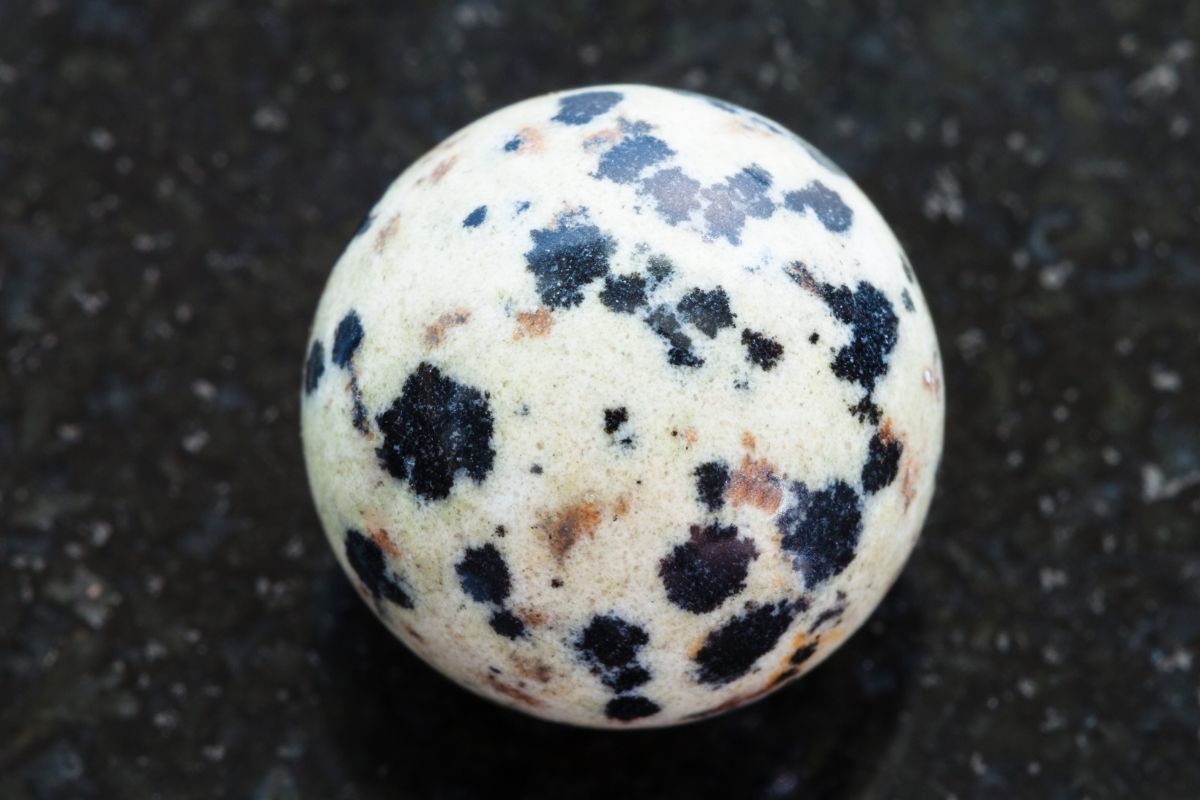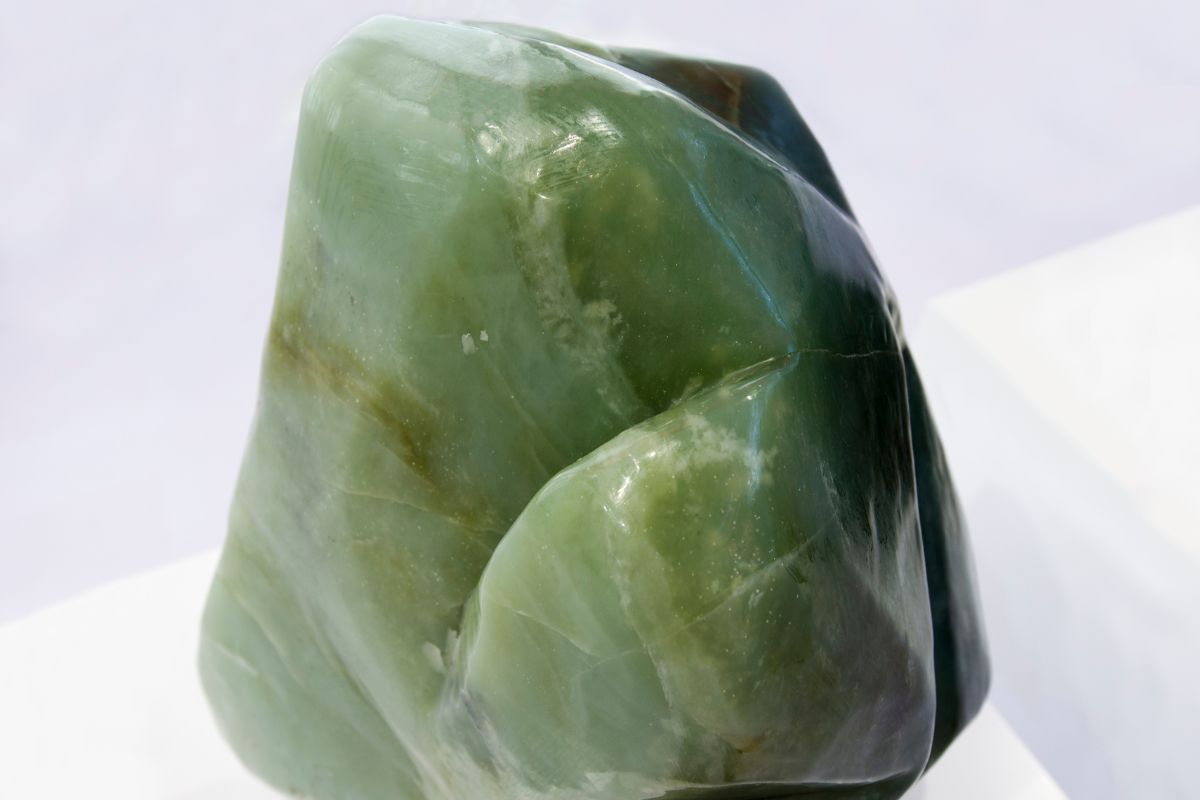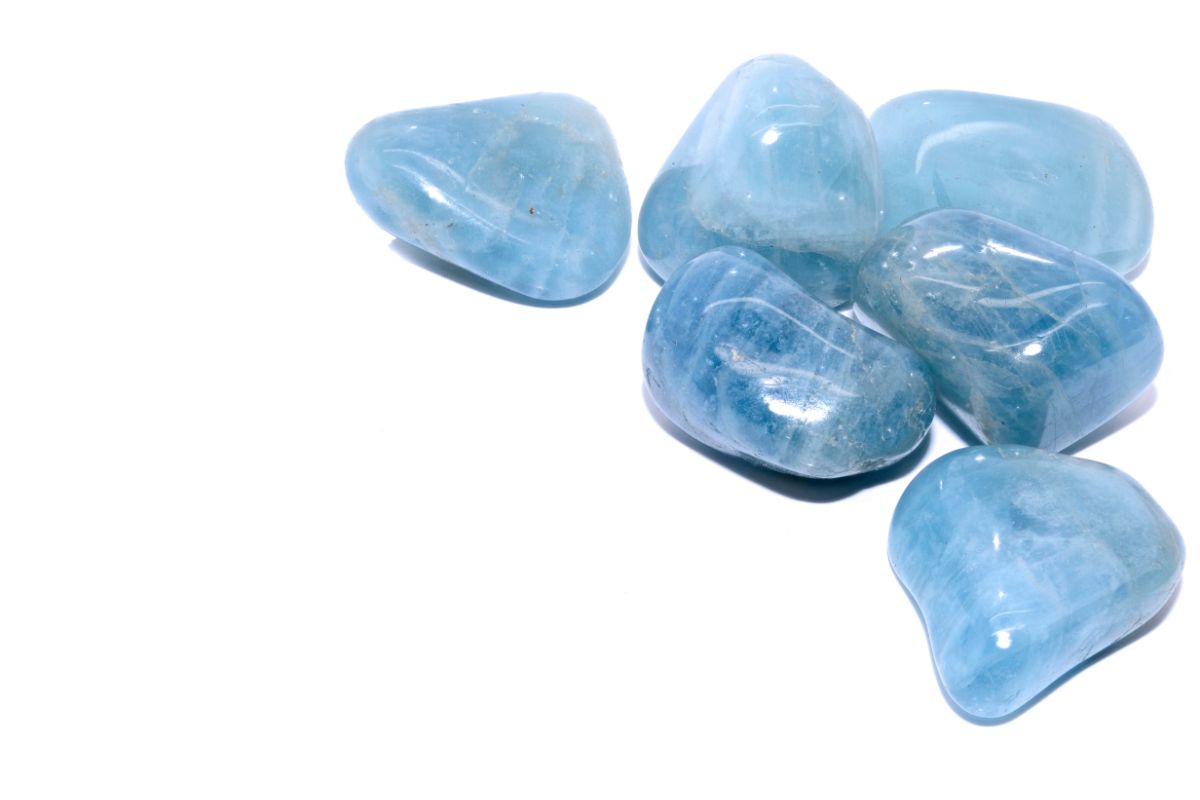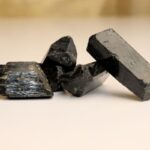In order to effectively use malachite and azurite, we first need to fully understand their properties.
When it comes to crystals with similar appearances and properties, such as Malachite and Azurite, it can sometimes be hard to determine which one to work with.
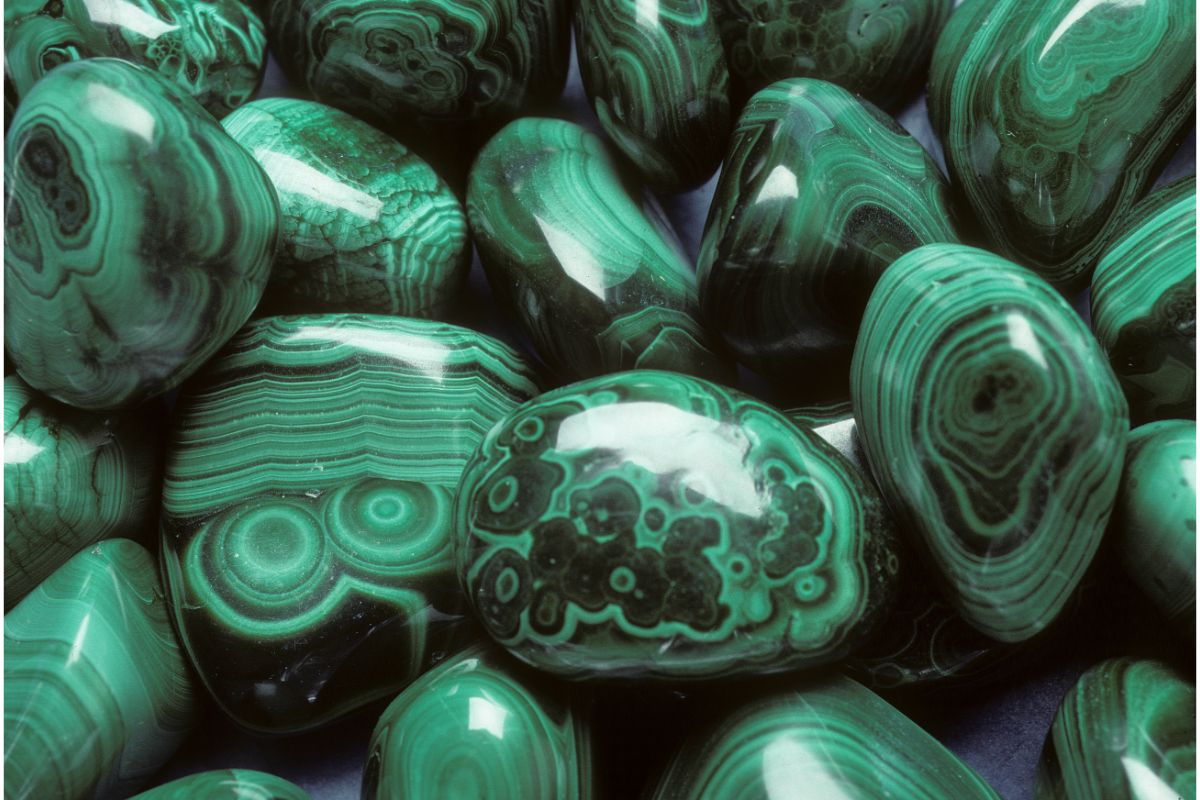
Well, the answer to this question is always the stone that draws you in the most. That said, if you want to understand the differences between appearances and metaphysical properties, then you’re sure to find your answer here.
Since azurite and malachite are always found together and are formed the same way, it is easy to confuse the stones with each other.
Malachite features a green color with light or dark banding, while azurite is blue and doesn’t contain any partner. Malachite is best used for matters pertaining to the heart, while azurite is great for communication.
With this in mind, if you’re looking to understand everything you need to know about the physical and spiritual qualities of these stones, then you have come to the right place.
Let’s get started.
What is Malachite?
Malachite is a mineral made up of copper carbonate hydroxide and has a chemical formula of Cu2CO3(OH)2. This gives it that opaque, green-banded mineral appearance the crystal is known for.
The crystal itself has a system that is monoclinic and it can sometimes form fibrous, stalagmitic, or botryoidal masses.
These gemstones can form in places like deep, underground environments, fractures, etc, where water tables and hydrothermal fluids ensure the perfect conditions for chemical precipitation to take place.
If you’re looking for an individual crystal of malachite, you may have a hard time since they tend to be slender to acicular prisms.
Malachite is categorized as a carbonate mineral and features a chemical formula mass of 221.1 g/mol.
The habit of these crystals tends to be massive where they occur in the form of tabular or acicular crystals.
Here, the crystal’s cleavage tends to be perfect. That said, the fracture can be uneven or sub-conchoidal.
Moreover, it has a Mohs scale hardness of approximately 3.5 – 4.0, and the luster is described as adamantine to vitreous.
You’ll typically find this mineral with streaks of light green. In terms of optical properties, the crystal is opaque or translucent with a gravitating range from 3.6 to 4.
It was used in the past as a mineral pigment for green paints. Although, it is sensitive to acids and moderately lightfast.
Today, this natural pigment is largely replaced by the synthetic green pigment known as ‘verditer’. That said, it remains useful for decorative purposes in museums.
Besides this, you can even use malachite ore when extracting copper.
Malachite Properties
As the saying suggests, Malachite is the support we need to turn over a new leaf. Therefore, if you find yourself drawn to the stone, it could mean you are in need of a change.
The stone itself is known as a transformation stone – helping to bring focus and energy for new growth while preventing outside forces from holding you back.
Thanks to the Malachite crystal, you can receive a completely new spiritual makeover. Plus, its healing properties provide you with a burst of fuel to undertake your fiery passions.
Whether you’re looking for money, love, or power, Malachite can help you achieve this.
Malachite Uses
- Astral travel
- Divination
- For support at work
- Self-love
- Creativity
- Guidance
- Protection
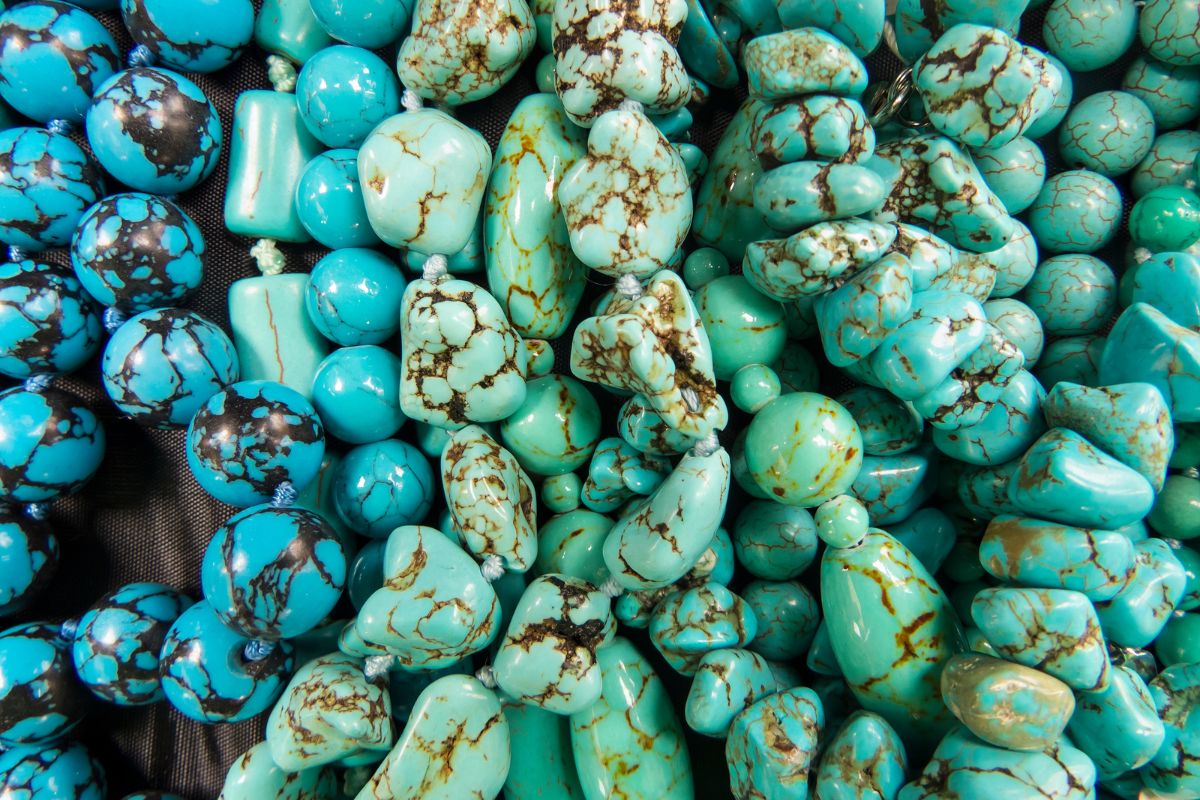
What Is Azurite?
Azurite is known as a secondary copper mineral typically found in oxidized zones within copper ore deposits.
You’ll usually find it as tabular to prismatic crystals to a more deep azure blue shade. It is generated through a weathering process of copper ore deposits.
It is named after the Persian word “lazward” and it is known for its vivid blue color. It is produced in the weathered zones of copper ore and it is generally connected to malachite.
The mineral itself is famous for its interesting forms and vibrant colors. In fact, there are more than 45 Azurite forms known to man.
These stones can be shaped into cabochons and transformed into gems which can then be used for ornamental purposes.
That said, you should keep in mind that azurite dust is toxic and shouldn’t be inhaled during polishing or cutting.
These deposits can be found in Chile, Australia, Morocco, France, Namibia, Mexico, Zaire, and the South Western USA.
You can even find samples of the stones displayed at the Smithsonian Museum of Natural History.
Azurite Properties
When it comes to the world of crystals, Azurite is highly sought-after. It is best known for its stunning blue color which has been transformed over millions of years through a reaction between hydrogen, copper, oxygen, and carbonate.
It features beautiful contrasting shades of blue which is the result of its fusion with Malachite. Both crystals contain nearly the same chemical composition.
Azurite is best known for inspiring creativity and unlocking your inner wisdom since it activates and cleanses the third eye chakra.
Azurite Uses
To channel the healing properties azurite has to offer, place the stone in your studio or office to create a constant flow of its powerful energy.
Since it enhances intuition and stimulates creativity, it makes the perfect study aid or assistance during a work session.
To benefit from its inspiring energy, sit quietly with the stone twenty minutes prior to working.
Final Thoughts
Malachite and Azurite are two crystals that are very similar. This is because they share a very similar chemical composition.
While malachite is known for its transformative properties – allowing you to become the best version of yourself, azurite is more known for inspiring creativity and enhancing your intuition.
Therefore, when combined together, you are rewarded with a very powerful arrangement.
Hopefully, this guide has informed you on everything you need to know about Malachite and Azurite to completely benefit from their properties.
- 15 Crystals That Cannot Be Exposed To The Sun - January 7, 2024
- Malachite Vs Fuchsite – Benefits And Uses - January 7, 2024
- Malachite Vs. Green Jasper: Benefits And Uses - January 7, 2024



